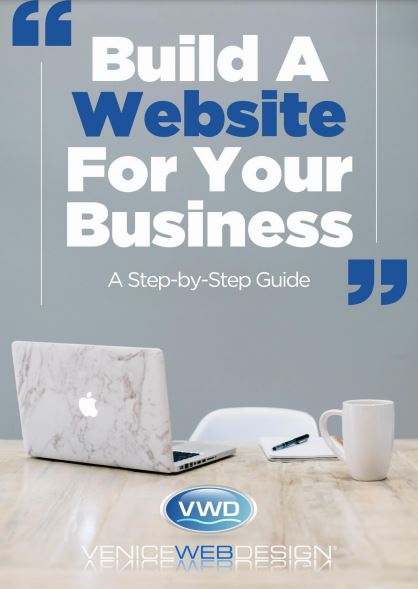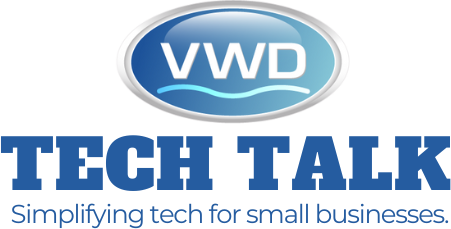Blogging is a great way to share your passions and interests with the world. It allows you to build a loyal readership by connecting directly with your visitors through the comments section.
A blog is also an excellent way to increase your search engine optimization (SEO) efforts. This is especially important for beginners who want to get their site noticed by major search engines.
1. Set Up Your Site
Whether you’re writing for a personal website, ecommerce store, or service-based business, blogging is an effective way to promote your expertise and raise brand awareness. By creating a regular blog, you can also keep your audience updated and improve your search engine rankings.
WordPress is a flexible tool for creating a variety of content. However, it’s important to decide what kind of content you want to post before starting your blog. To do so, think about your interests and the needs of your audience.
Once you’ve made the exciting decision about the kind of content you want to create, it’s time to take charge and set up your site. Click the Admin button in your SiteGround account after logging in. This is where your journey to becoming a blogger begins.
From there, you’ll be able to choose a theme for your site.
This is a crucial step as the theme sets the overall look and feel of your blog. It’s important to choose a theme that aligns with your content and is user-friendly. Once you’ve chosen the right theme, you can complete the necessary steps to install it. Once your site is ready to launch, click the Publish button to make it live.
2. Create Your Posts
The next step after choosing a blog theme is to create and publish content. WordPress makes this easy with Posts, which are the content types you’ll use for all your posts and blog entries. To create a new post, simply click the ‘Add New’ button under ‘Posts’ in your WordPress dashboard. When you click this, you’ll be taken to the message editor, where you can compose your message.
When creating a new post, begin by setting the title and adding a description. These are both essential for search engine optimization, which is the process of increasing your site’s visibility in search engine results.
To optimize your post for SEO, make sure to use keywords in the title and description. Your post will be more visible in search results if search engines can understand what it is about.
It’s also important to organize your posts into categories. This helps your readers find the information they need more easily and improves the overall user experience. Furthermore, it improves your blog’s visibility in search engines by helping them understand its structure. To further categorize your posts, you can add tags. A tag is a keyword that describes your post’s content and allows readers to find related posts.
As you start writing your posts, remember that they are not just one-time creations. They are the seeds of your blog’s growth. Write posts that are scalable, allowing you to cover similar topics in the future without starting from scratch.
Tools like Hemingway Editor can help you enhance your writing and save time. And don’t forget to add images to your posts to enhance their aesthetic appeal. This is just the beginning of your blog’s journey to success.
3. Add Images
Images can make your blog posts more appealing, break up lengthy text, and help you illustrate your points. You can also rank higher in search engine results pages (SERPs) by optimizing photos for search engines.
Once you’ve chosen a theme, it’s time to start writing! To get started, first, navigate to the post editor screen in your WordPress dashboard. Once you’re there, simply type your post title in the top box and your content in the lower one.
Once you’ve chosen a theme, it’s time to start writing! To get started, first, navigate to the post editor screen in your WordPress dashboard. Once you’re there, simply type your post title in the top box and your content in the lower one.
4. Schedule Posts
It’s best to set a regular posting schedule for your blog so readers know when to expect new content. However, be sure to balance this with evergreen and seasonal content, as well as a little bit of flexibility.
Once you’ve finished writing a post, click the Publish button at the top of the screen. Then, select a date and time for your post to be published. Once you’ve done this, the Publish button will change to Schedule, and the post will be scheduled for publication on that date.
You can also schedule posts and pages to automatically publish at a future date by clicking the Schedule button under Post Settings or Page Settings. Simply choose a date and time, and the button will change to Schedule. Once the scheduled date arrives, your post or page will be published as planned.
5. Share Your Posts
Blogging is a great way to connect with like-minded people and creates a direct connection between you and your readers. It also enables you to build trust and loyalty among your audience, which can ultimately lead to monetization opportunities. Monetization opportunities refer to the various means of earning money from your blog, including sponsored posts, affiliate marketing, and product sales.
Start by choosing a theme that is easy for you to customize. Avoid a complex blog theme until you have some experience writing content, as this could distract from the main objective of getting readers to your site.
Next, choose a blog address that reflects the subject of your blog and is easy to remember. WordPress will automatically fill in the Blog Address field, but you can change it later.
Fill out your profile with information about yourself, such as your name and bio. You can also add a link to your social media accounts. Be sure to include a contact form that visitors can use to reach you.
You can find many free plugins for this purpose, including WPForms. Once you’re done, click the Create Account button. This will prompt WordPress to send you an e-mail with instructions on how to activate your account.
Wrap Up!
If you are also looking to start your blog then you have to develop your WordPress blog website from Venice Web Design. VWD specializes in creating customized WordPress blog websites that meet your specific requirements.
Our super-talented developers will We work closely with you to make sure your website is visually appealing, user-friendly, and search engine-optimized. With our mind-blowing expertise, you can confidently embark on your blogging journey and establish a strong online presence.


